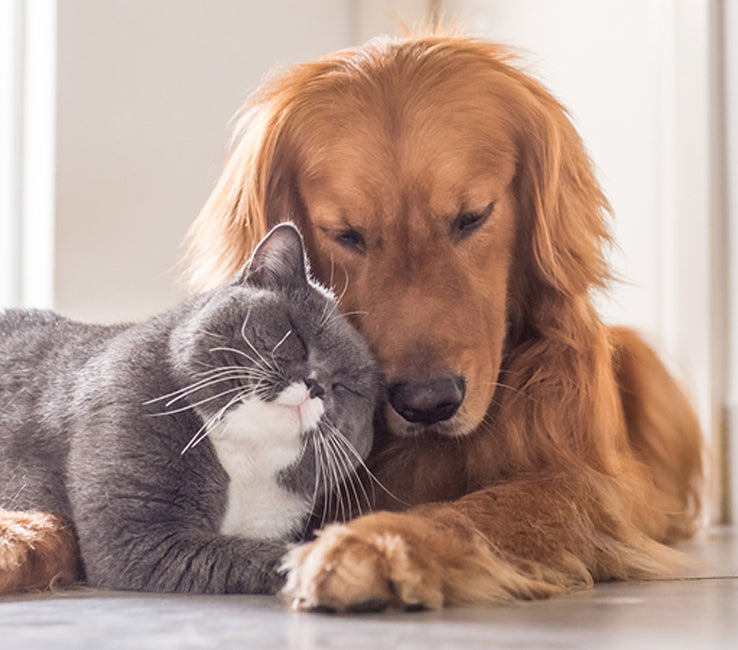
Cats and Dogs Living Together
Cats and Dogs Living Together
An old stereotype exists about cats and dogs being incompatible, but some households worldwide possess a dog and cat, and even several dogs and many cats, residing in complete harmony. Though many different characteristics constitute these species, they can often not just co-exist peacefully, and also become the best of friends.
1.Growing Up Together
The best and most straightforward way to own both kittens and pups with your household is for them to grow up together. Acquire the kitten and puppy across the same time, and they'll often be acquainted with the animal of a different species inside their household.
2. Dog Breeds That Accept Cats
Pet owners should realize that some breeds are naturally hostile to cats and can chase and attack them. It will be difficult, otherwise impossible, to supply a safe environment for both species. These breeds include greyhounds and borzois, sight hounds that instinctively chase small, furry prey. Cat-friendly races dog kinds are the Labrador retrievers, poodles and collies. Of course, individual differences could make adjustments easier or more challenging. If you get your dog coming from a shelter, select one that has been raised in a household with cats.
3. Cat That Accepts Dogs
Cats will generally figure out how to accept a puppy within the household provided that the canine respect the kitten's space. Fortunately, cats can jump to escape your dog when that space is violated. The cat will determine just how much "closeness" is allowed and will give away "discipline" to the dog if needed. Many cats are freindly breeds which are proven to get along well with animals in a household, but individual cats could have problems adjusting.
4. Introducing Your Puppy to Your Cat
Puppies are brimming with boundless energy with no lick of restraint, so you should be the controlling force to keep the pet down while the cat gets used to him. Put the cat in a separate room so that she will be unmolested in their own space. Put her bowl, cat toys as well as any other articles that are likely to make her feel comfortable. It's a good idea to begin the puppy training so that he'll almost certainly obey your commands. Allow the puppy into her space on a leash directly under strict supervision.
Let the kitty watch the puppy coming from a safe distance temporarily, to ensure she can become accustomed to the high degree of energy, and do not let the puppy get too near to her. After a time, the kitty may want to investigate with a closer range.
Make sure she can safely achieve this by maintaining the puppy on a leash. If the puppy becomes rambunctious, remove him. Observe your cat for signs and symptoms of distress or aggression. Extend these sessions to longer and for a more extended period after the puppy no more considers the kitty a threat or new "toy," try taking him off-leash. If he behaves, enable the two to act gently. If he gets too loud, the cat usually takes a swipe at him to warn him off. The introduction might take several weeks for successful adjustment involving the two animals.
5. Introducing a Kitten to Your Dog
Introducing a young kitten for an existing dog is also dangerous. Many experts feel no face-to-face meeting should take place for your first week to enable the newcomer to become comfortable inside the new surroundings and to allow the existing pet to have used to the new smells and activities inside the household.
The initial plan is the same, putting the kitten into a separate space. Introduce the young kitten along with other cats in the household before introducing her towards the dog. When this is done to satisfaction, bring the dog into the safe room, on a leash, and enable the two animals to observe one another. Make sure that your new puppy does not show aggression towards the kitten. Correct him for bad behavior and praise him for calm attitude.
Conclusion
It might take some work to get the dog and cat to reside together, but do not lose hope. Dogs and cats can live together, and they can both be valuable aspects of your family.
- Choosing a selection results in a full page refresh.












